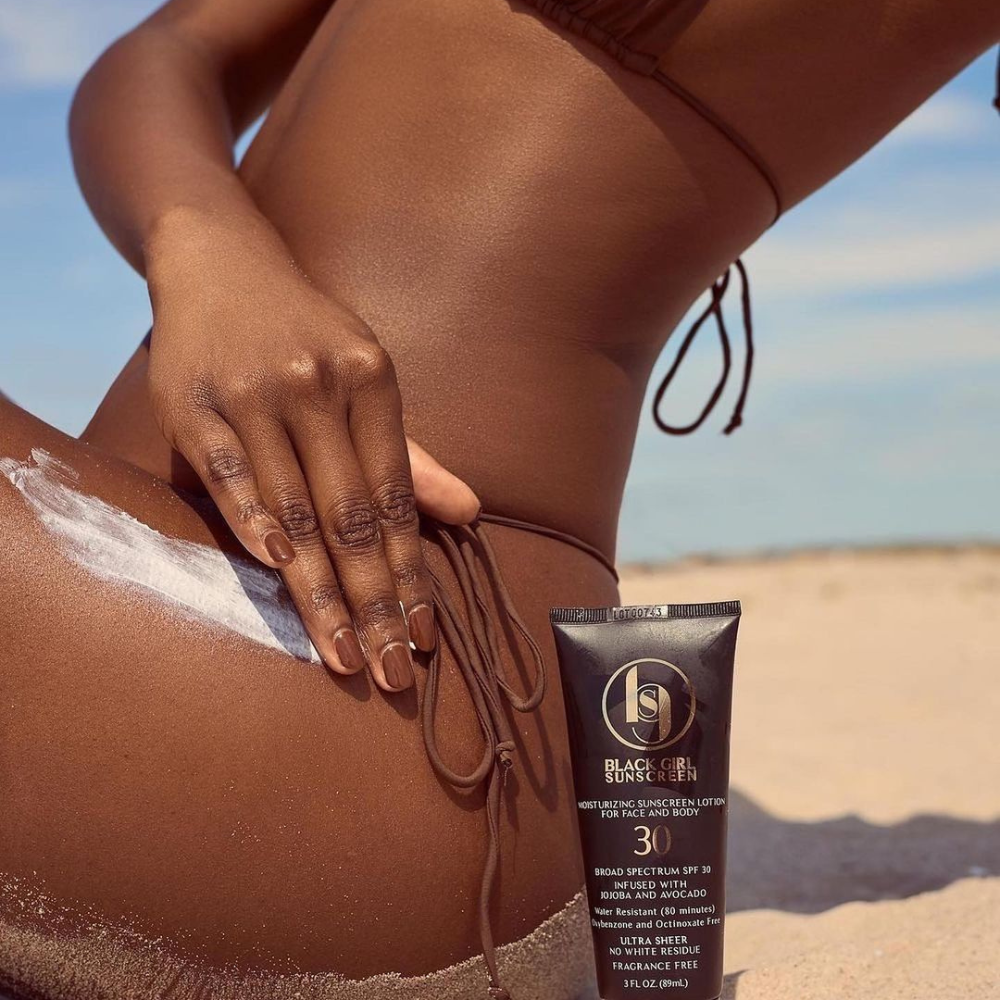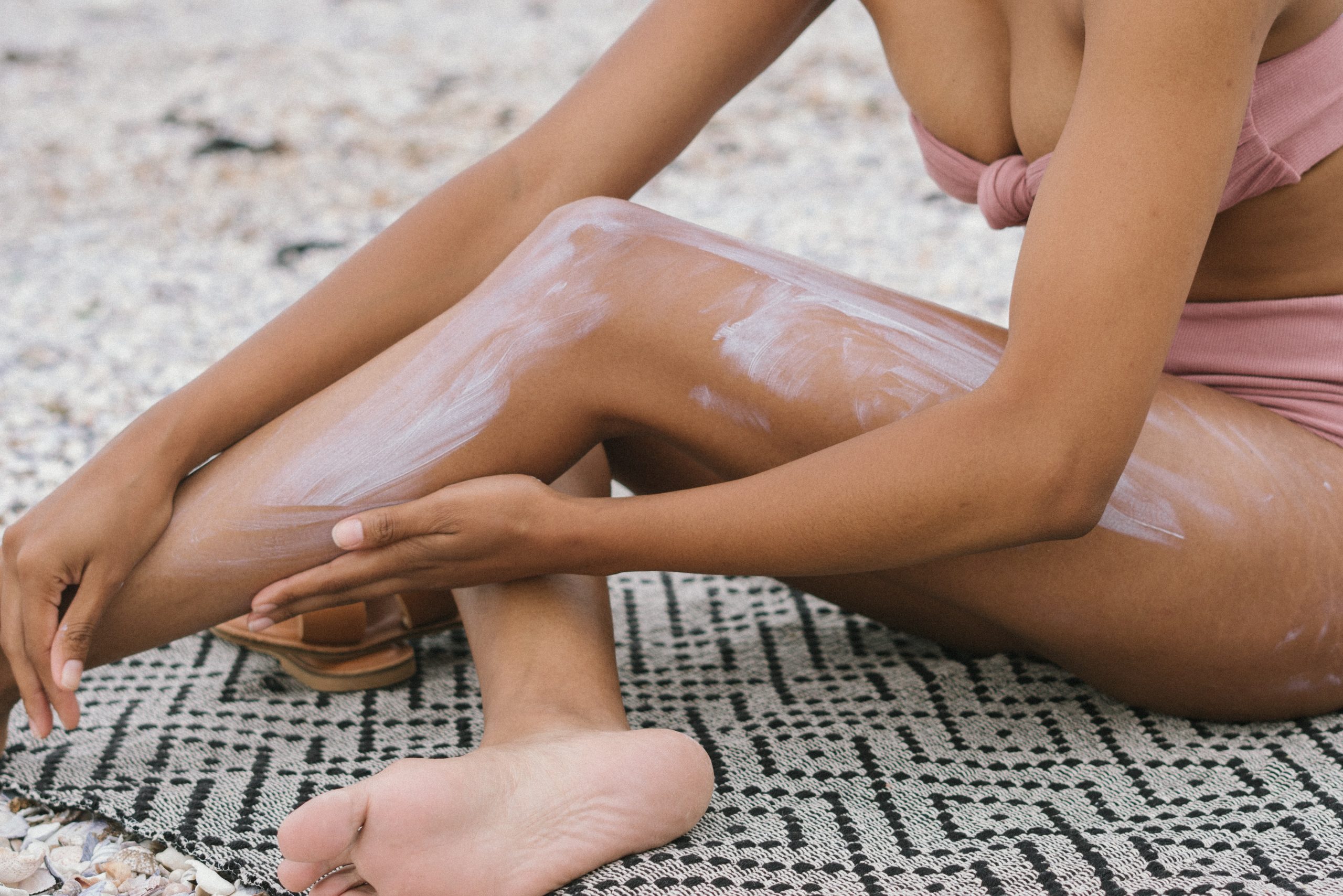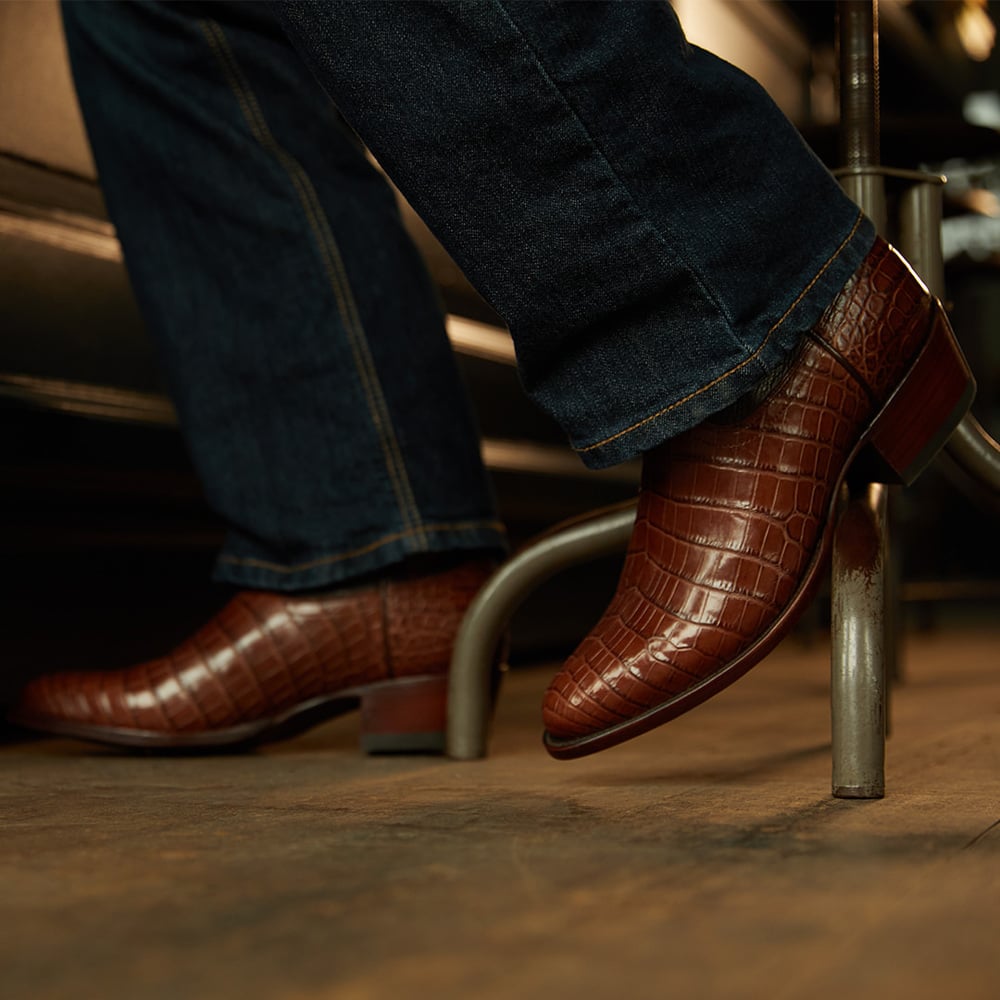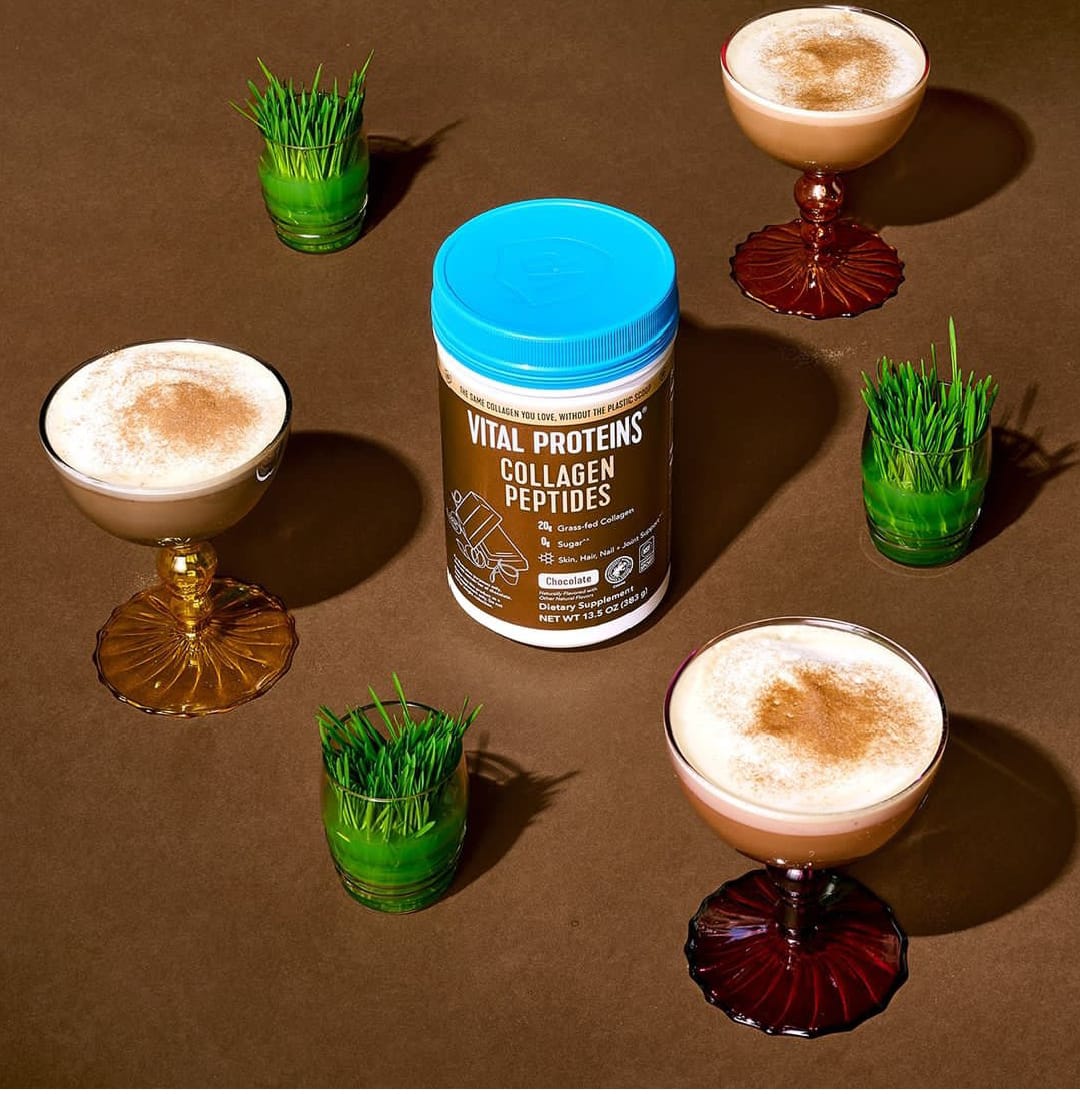What To Look For On Your Sunscreen Label

A creative writer with a voracious appetite for fashion, beauty,…
E
veryone wants supple skin that pops, hence, the obvious need to shield your skin from the sun’s harsh rays remains unquestionable. While we flex under the summer sun in a bid for a sun-kissed Instagrammable moment, never forget to be generous with your sunscreen application. This season and beyond, when shopping for sunscreen, there are non-negotiable components to look out for. Because we are often perplexed by the obscure language on sunscreen packaging, it’s easy to ignore reading the labels and just shop amiss. But for something this important, a little patience shouldn’t be so much to exercise when choosing your sunscreen.
Applying sunscreen is essential for shielding your skin from the sun’s damaging rays. But do you know what to look for on the label when purchasing sunscreen? To ensure you receive the appropriate level of protection, it is crucial to comprehend the information on the sunscreen label. The purpose of a sunscreen label is to provide essential information about the product, empowering you to make informed decisions and effectively protect your skin. It serves as a practical guide, conveying details about the sunscreen’s characteristics, ingredients, and benefits.
By carefully examining the label, you can learn about the sunscreen’s sun protection factor (SPF), which indicates the level of protection against harmful UV rays.
Additionally, the label outlines the active ingredients present in the sunscreen, helping you understand how they work and whether they align with your specific needs or preferences. It may also indicate whether the sunscreen is water-resistant, highlighting its ability to maintain effectiveness while exposed to water or sweat. Instructions for proper application, including the recommended quantity and frequency of use, are often provided too. Moreover, you can find the expiration date, ensuring you use the sunscreen while it remains effective. By carefully examining the sunscreen label, you can make educated choices that align with your skin’s needs, lifestyle, and preferences.
Check out useful tips for choosing your sunscreen…

When selecting a sunscreen, it’s important to consider various factors to ensure it provides optimal protection for your skin. They are:
- Sun Protection Factor (SPF): SPF denotes the degree of defense against UVB rays, which are largely to blame for sunburns. Look for sunscreen with a broad-spectrum SPF of 30 or higher. SPF indicates how much longer it takes for the skin to burn when using a sunscreen compared to when the skin is left unprotected, therefore, the SPF number on sunscreen labels represents the level of protection provided.
- Broad-Spectrum Protection: Ensure the sunscreen provides broad-spectrum protection which shields against both UVA and UVB rays. UVA rays penetrate deeper into the skin and are responsible for premature aging and skin damage. They are present throughout the year, even on cloudy days and in winter months. Therefore, protecting your skin from both UVA and UVB rays is essential for comprehensive sun protection.
- Active Ingredients: Check the active ingredients list for effective UV filters. When it comes to tips for choosing your sunscreen, always zone in on every active ingredient. These ingredients work by absorbing, scattering, or reflecting the harmful ultraviolet (UV) radiation from the sun.
- Chemical Filters: These ingredients absorb UV radiation and convert it into heat which is then released from the skin. Common chemical filters include avobenzone, octinoxate, octisalate, oxybenzone, homosalate, and octocrylene. They are often featured in various combinations to provide broad-spectrum protection.
- Physical Filters: Physical or mineral filters, including zinc oxide and titanium dioxide, work by reflecting and scattering UV radiation away from the skin. These ingredients create a protective barrier on the skin’s surface and are suitable for individuals with sensitive skin or those seeking natural sunscreen options.
- Combination Formulas: Many sunscreens contain a combination of chemical and physical filters to provide broad-spectrum protection. This blend offers the advantages of both types of filters and can provide effective and cosmetically elegant sun protection.
It’s important to note that some chemical filters, such as oxybenzone, have raised concerns about their potential impact on human health and the environment. If you have specific sensitivities or preferences, you may choose to avoid certain ingredients. It is always recommended to consult with a dermatologist to determine which active ingredients are most suitable for your skin type and needs.

- Water Resistance: If you plan to swim or participate in activities that make you sweat, opt for a water-resistant sunscreen. Water-resistant sunscreens adhere better to the skin when exposed to water but they still require reapplication after a certain duration. Look for specific water resistance claims and follow the instructions for reapplication. Simply put, on swim day, one of the tips for choosing your sunscreen is to opt for options that won’t slip off during your activities.
- Application Instructions: The label should provide clear instructions on how to apply the sunscreen properly. Pay attention to the recommended quantity and frequency of application. Typically, it is advised to apply a sufficient amount (about a shot glass full) to all exposed areas of the body at least 15 minutes before sun exposure. Apply again every two hours or more often if you’re swimming or perspiring.
- Expiration Date: Sunscreens have a limited shelf life. Check the expiration date on the label to ensure the product’s efficacy. Expired sunscreen may not provide adequate protection so it’s essential to replace it as needed.
- Skin Sensitivities and Allergies: If you have sensitive skin or known allergies, look for sunscreens labeled “hypoallergenic” or “fragrance-free.” These formulations are less likely to cause irritation or allergic reactions. Additionally, consider patch-testing new sunscreens on a small area of skin before applying all over your body.
- Non-Comedogenic or Oil-Free: If you have oily or acne-prone skin, consider sunscreens labeled “non-comedogenic” or “oil-free.” These formulations are less likely to clog pores or contribute to breakouts.
- Texture and Cosmetics: Sunscreens come in various forms, such as lotions, creams, gels, sprays, and sticks. Choose a texture that suits your preference and skin type. For your face, consider sunscreens specifically designed for the face which often have lighter textures and can be worn under makeup.
Once you adopt these detailed tips for choosing your sunscreen, the sun’s scorch has nothing on you.
Featured image: @garren.pryce via @blackgirlsunscreen/Instagram
For the latest in fashion, lifestyle, and culture, follow us on Instagram @StyleRave_
This is a Style Rave original content exclusively created for our readers. If reproduced, distributed, transmitted, cached, or otherwise used by any other publishing house or blogs, such use should provide a direct link to this source article. Use of and/or registration on any portion of this site constitutes acceptance of our Terms & Conditions and Privacy Policy.
—Read also
A creative writer with a voracious appetite for fashion, beauty, lifestyle and culture. As one who's passionate about the advancement of the woman, creating content that inspire smart style and living, and positive lifestyle changes is a calling I take seriously. At Style Rave, we aim to inspire our readers by providing engaging content to not just entertain but to inform and empower you as you ASPIRE to become more stylish, live smarter and be healthier. Follow us on Instagram @StyleRave_ ♥







